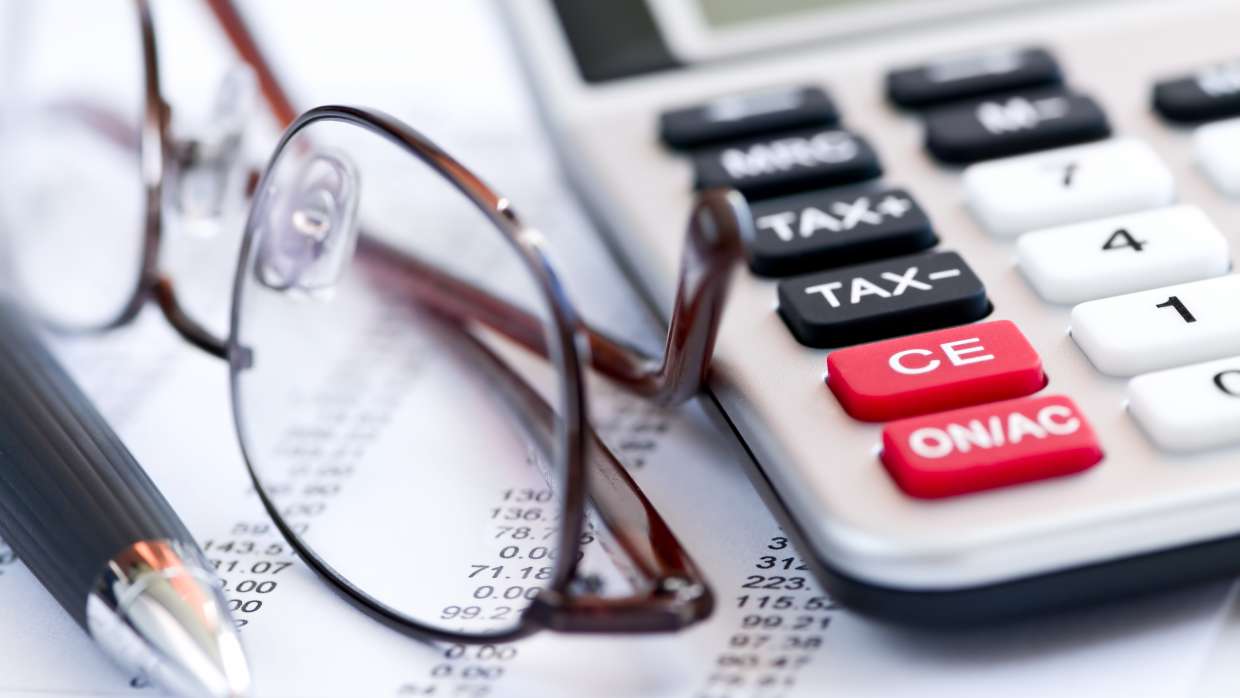Iran's average tax-to-GDP ratio has improved from 5.4% in the fiscal 2012-13 to 7.9% in 2016-17.
However, the ratio is still low compared to that of OECD countries (the Organization for Economic Cooperation and Development).
Tax revenues accounted for 34.3% of OECD countries’ GDP in 2016, the report by Tehran Chamber of Commerce, Industries, Mines and Agriculture announced.
Tax-to-GDP ratio for Turkey, Chile and Mexico stands at 25.5%, 20.4% and 17.2%, respectively. Denmark (45.9%), France (45.3%) and Belgium (44.2%) have the highest ratios.
The ratio refers to the tax collected compared to national gross domestic product. Some countries aim to increase the ratio by a certain percentage to address deficiencies in their budgets.
In provinces where tax revenue has gone up significantly compared to GDP, policymakers may decide to increase the percentage of tax revenue they apply toward foreign debt or other programs.
Although the Iranian government’s tax revenues were estimated to hover around 593.5 trillion rials ($14.83 billion) in the first half of the current fiscal year (March 21-Sept. 22), they only reached 431.2 trillion ($10.78 billion), registering a 0.4% decline year-on-year.
Tax revenues consist of returns from direct and indirect taxation. Direct taxes include three groups of “tax on legal entities”, “income tax” and “wealth tax”.
Overall, direct tax revenues stood at 231.9 trillion rials ($5.79 billion) during the six months, registering a decline of 5.1% YOY.
Indirect taxes, including “tax on imports” and “tax on goods and services”, reached 199.3 trillion rials ($4.98 billion), which indicates a 5.6% rise YOY.
Tax on imports generated 41.2 trillion rials ($1.03 billion), 1.8% more than last year’s corresponding period and tax on goods and services earned the government 158.1 trillion rials ($3.95 billion), up 6.6% YOY. Value added tax, which is a subcategory of tax on goods and services, increased by 11.9% to reach 107.5 trillion rials ($2.68 billion).
The tax-to-GDP ratio gives policymakers and analysts a metric that they can use to compare tax receipts from year to year. In most cases, because taxes are related to economic activity, the ratio should stay relatively consistent.
Essentially, as the GDP grows, tax revenue should grow as well. However, in cases of major shifts in tax law or during serious economic downturns, the ratio can shift, sometimes dramatically. During economic downturns, tax revenues typically fall because consumers earn less and spend less, paying less property tax and consumption taxes.
In addition, property taxes fall as property values decrease. However, tax receipts tend to fall at a faster rate than GDP, pushing the ratio down.
Economic Growth and Taxation
Iran’s economy grew 12.5% in March 2016-17 compared to the preceding year, according to the Central Bank of Iran.
The strong growth is attributed mainly to increased oil production following the removal of international sanctions against Iran over its nuclear program as of January 2016. GDP growth, without taking oil production into account, stood at 3.3%, as the oil sector registered a dramatic 61.6% growth last year.
Iranian economist Saeed Leylaz believes tax revenues would become a dependable source of income for the country, if they increase to 12% of the gross domestic product in three to four years to reach 1,500 to 2,000 trillion rials ($37.5-50 billion) per annum.
“The incumbent government or future governments need to earn their revenues through taxation and that’s possible by eliminating tax exemptions and employing tax technology,” he said.
“Oil exports are unlikely to generate additional revenues in the next 10 years, regardless of the extent of price volatility. Obligatory expenditures will exhaust the sum realized from oil sales.”
Leylaz believes the best starting point for structural reform in the economy is by removing tax exemptions.
According to Chairman of Iranian National Tax Administration Kamel Taqavinejad, 20% of taxpayers in Iran pay 80% of all tax while about 65% of all taxpayers are either exempt or pay less than 10 million rials ($266) in tax.
INTA’s figures show tax evasion amounts to 140-300 trillion rials ($3.5-7.5 billion) in the country due to the gray economy, smuggling and lack of transparency.
Thanks to a relatively moderate 25% corporate income tax and no domestic withholding tax on dividends, Iran is one of the emerging markets where locally created value and cash repatriation to the investor’s home country attract the lowest taxes.
Even though in benchmark countries, depending on the investor’s home jurisdiction, relevant double taxation treaties may mitigate withholding tax on dividends. However, this does not change Iran’s top rank.


